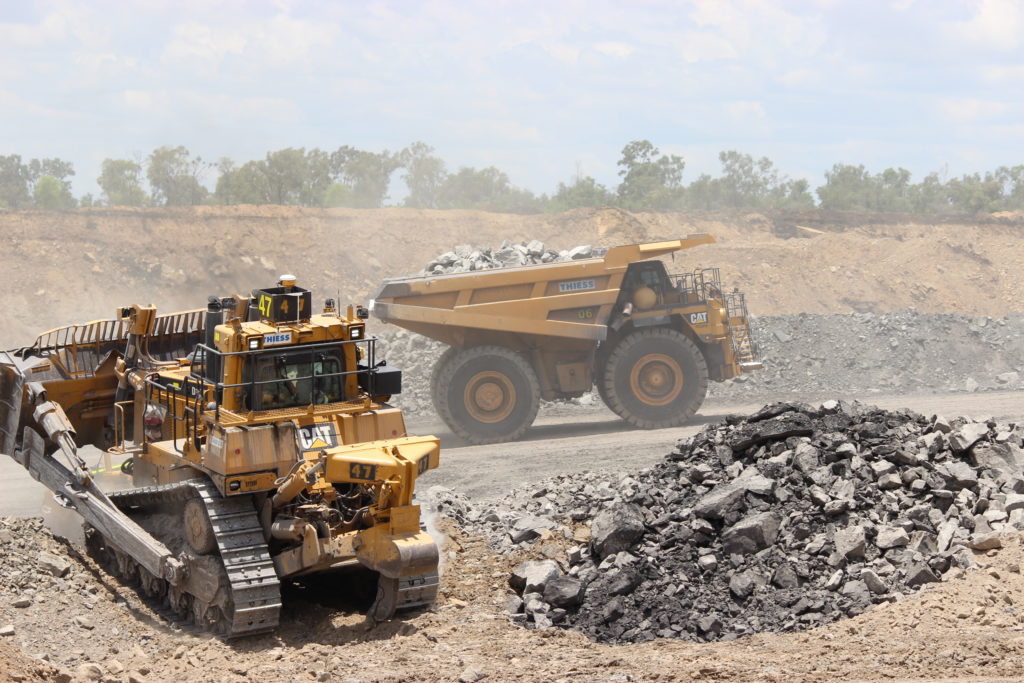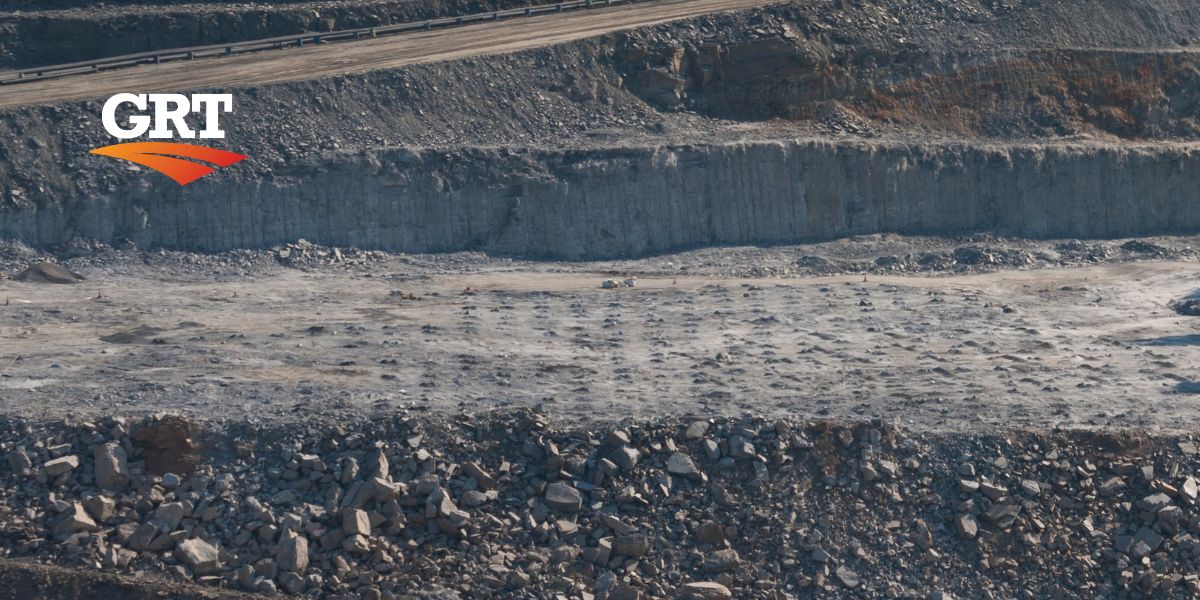The effects of seasonal changes on dust control are broad and unique. Natural phenomena such as sand and dust events are uncertain occurrences which differ from dust generated from unlike anthropogenic activities. The sole focus of the discussion will bring to the fore the importance of understanding seasonal changes of dust events through examples from different parts of the world. Firstly, we will evaluate dust as a natural phenomenon tracking how it can spread across the world especially looking at the impact on air quality which will filter down to the particle size classifications. Anthropogenic dust generation and how seasonal changes affects dust control will be analyzed in a quarry mine scenario. Secondly, a discussion into the variations of these seasonal changes across different parts of the world seeks to categorize dust events based on location and prevalence of them occurring. Dust control and its varieties related to natural dust events are important to reduce the effects of dust particles to the humans, infrastructure and the environment. This will be analyzed as the last section of the article with intent to consolidate the available methods and how they might assist in reducing the effect of dust.
Aeolian soil transport
Sand-dust events that happen due to changes in the atmospheric conditions and physical characteristics of the earth surface are often unfavorable weather occurrences, which are common in arid and semi-arid regions of the world. Transportation of dust particles by strong winds happens at different distances which has been escalated by climate change and desertification in recent times. Particulate matter aerodynamic diameters are used to classify the dust particles but most importantly the chemical constituent of the particles is key to revealing the toxicity and eventually understanding the pathogenicity which makes the control much more targeted. The aerosol nature of dust and its mineral form can also directly change global radiation balance through reflection, scattering and absorbing solar short-wave radiation and ground long wave radiation. It can also act as nuclei for cloud condensation, giant cloud condensation and ice owing to its ability to change cloud microphysical structures and rainfall processes. Dust aerosol affects atmospheric chemistry and the earth’s biological cycle, and its deposition on oceans can initiate the biological pump effect in addition to global climate change centering.
Sensitive receivers
Cities and towns within the vicinity of a quarry or mine are most likely to be vulnerable to the effects of quarry/mining dust particulate matter most especially through transport of the smallest particle sizes that travel the longest distance from their source. Seasonal variations in PM2.5 and quarry mining dust source samples have been observed with deductions showing that the concentration of the former is highest in autumn and lowest in summer. In the latter, mass fractions of silica and aluminum did not show seasonal variations however calcium showed higher fractions in spring and summer and lower fractions in autumn and winter. PM2.5 is a pollutant in ambient air and considered an important factor in regional air quality, climate impacts, economic concerns and human health. Anthropogenic dust generated from quarry mines on the other hand is an important contributor to PM2.5 mass concentration in urban areas. Quarry dust is mainly generated from stockpiling, loading, transportation and processing of mineral materials in quarries and from open air storage of mineral materials. World over as the consumption of minerals continues to increase and the effects of the quarry mine dust will even rise to alarming levels hence there need to be measures in place to protect human life and the environment.
Are environmental regulations, health and safety concerns or potential profit loss a concern right now?

From top to bottom
We will start off in Sweden, where road dust load dynamics and its influencing factors was monitored for six winter seasons. The road dust in question was considered to be originating from dust that accumulates on the road surface and how the surface properties contributed to the subsequent emissions. Surface macrotexture was critical to analysis of road dust accumulation and its availability for suspension by traffic evident in higher dust loads with coarser macro texture. The study found out that seasonal dependency in road dust loads depends on the build-up in autumn, with maximum loads achieved in mid-winter to early spring and low values in late spring and autumn. We move to mid and low latitudes of Asia, with focus on seasonal and interannual variations of atmospheric dust aerosols. The findings showed that the maximum dust aerosols in spring resulted from soil wetness, snow depth and vertical wind shear in the lower troposphere. Moving along, for the Arabian Peninsula and the Middle East, North Africa and Australia dust transport in these dust regions was found to be controlled by mid-latitude westerlies with predominant dust transport from west to east. However, the dust aerosol in the atmospheric boundary layer shows distinct regional characteristics, with inter-annual and seasonal variation that are weak and strong respectively.
The role of vegetation
Enhanced vegetation cover protects the soil against wind erosion which is related to the ability to reduce the effects of dust. The seasons and vegetation growth play an important role in dust reduction, for example, the increase in spring vegetation growth is directly related to the decline in spring dust particles. Improvement in vegetation status weakens wind speed which in turn decreases the likelihood of dust particle dislodgement. Windbreaks can also be another measure implemented to effectively reduce wind erosion in dust prone sandy areas. Surface wind speeds can decrease soil moisture and increase the likelihood of wind erosion events and dust emission. Vegetation phenology can be used to depict growth characteristics of vegetation, an integrated indicator of climate and underlying surface conditions, reflect the impact of climate change on the commonality of dust storms. The mineralogy and surface characteristics of quarry mine dust determine the dust control measure to be implemented. It is important to match the size of the dust particles at the source with dust control product to make the process of dislodging buoyant dust particles more effectively.
Seasonal vs Man-Made
Dust generation is very closely related to seasonal changes, which strongly depends on the region of the dust source and transport over time. Consequently, when the dust is a naturally driven phenomenon it travels over long distances and along the way poses threats to human life and the environment. Anthropogenic activities that generate dust can include but are not limited to quarrying, mining and road use. Agriculture and farming is also a large source, as well as timber getting. Understanding dust and its origins as a natural phenomenon is very important and critical to the implementation of different measures to ameliorate dust, which differs from one region to the other. From region to region it has been shown that seasonal variations affect the generation of dust from summer, winter, autumn and spring. Although seasonal variations are important to the discussion, it should also be mentioned that other factors contribute to the proliferation of dust most importantly the atmospheric conditions and physical characteristics of the earth surface. Vegetative cover can play a huge role in abatement of dust on a larger scale through slowing down the effects of wind erosion.
Your feedback is important to us. If you enjoyed reading this Global Road Technology industry update and found it informative, please let us know by leaving a REVIEW.
REFERENCES
- Ebisu, K., Malig, B., Hasheminassab, S., and Sioutas, C. 2019. Age-specific seasonal associations between acute exposure to PM2.5 sources and cardiorespiratory hospital admissions in California. Atmospheric Environment. 218:117029. 1-10.
- Feng, J., Li, N., Zhang, Z., and Chen, X. 2017. The dual effect of vegetation green-up date and strong wind on the return period of spring dust storms. Science of the Total Environment.
- Gustafsson, M., Blomqvist, G., Jarlskog, I., Lundberg, J., Janhall, S., Elmgren, M., Johansson, C., Norman, M., and Silvergren, S. 2019. Road dust load dynamics and influencing factors for six winter seasons in Stockholm, Sweden. Atmospheric Environment. 2:100014. 1-12
- Khusfi, Z.E., Khosroshahi, M., Roustaei, F., and Mirakbari, M. 2020. Spatial and seasonal variation of sand-dust events and their relation to atmospheric conditions and vegetation cover in semi-arid regions of central Iran. Geoderma. 365: 114225. 1-16.
- Miller-Schulze, J.P., Shafer, M., Schauer, J.J., Heo, J., Solomon, P.A., Lantz, J., Artamonova, M., Chen, B., Imashev, S., Sverdlik, L., Carmichael, G., and DeMinter, J. 2015. Seasonal contribution of mineral dust and other major components to particulate matter at two remote sites in Central Asia. Atmospheric Environment. 119. 11-20.
- Peng, X,, Shi, G., Zheng, J., Liu, J., Shi, X., Xu, J., and Feng, Y. 2016. Influence of quarry mining dust on PM2.5 in a city adjacent to a limestone quarry: Seasonal characteristics and source contributions. Science of the Total Environment. 550. 940-949.
- Sun, H., Liu, X., and Wang, A. 2020. Seasonal and interannual variations of atmospheric dust aerosols in mid and low latitudes of Asia- A comparative study. Atmospheric Research. 244: 105036. 1-11.
- Xiong, J., Zhao, T., Bao, Y., Liu, Y., Han, Y., and Guo, C. 2020. Climate characteristics of dust aerosol and its transport in major global dust source regions, Journal of Atmospheric and Solar-Terrestrial Physic. 209:195415. 1-11.
Troy Adams
Troy Adams is the Managing Director of Global Road Technology (GRT) Specialising in Engineered Solutions for Dust Suppression, Erosion Control, Soil Stabilisation and Water Management. A pioneering, socially conscious Australian entrepreneur, Troy Adams is passionate about health and safety and providing innovative solutions that are cost-effective to the mining industry, governments and infrastructure sectors. Troy is also a tech investor, director of companies like Crossware, Boost, Hakkasan, Novikov and more.

